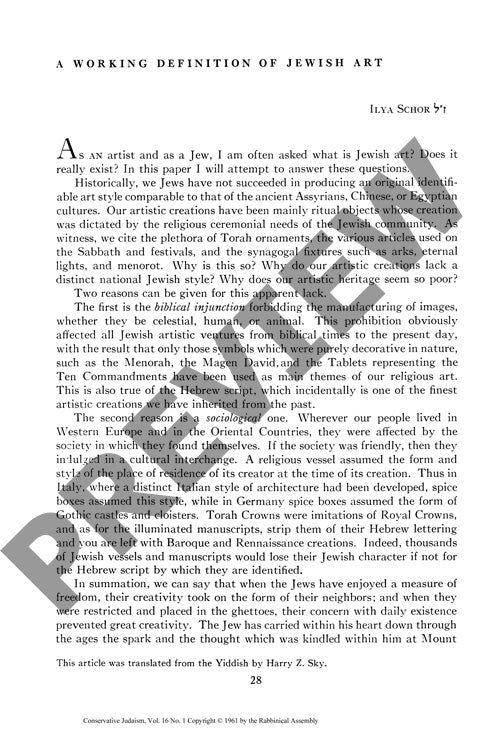A Working Definition of Jewish Art
Couldn't load pickup availability
Jewish art has historically lacked a distinct, identifiable style - a paradox for one of the world's oldest continuous cultures. Through historical-sociological analysis and personal insight, this investigation reveals how biblical prohibitions against image-making and persistent cultural adaptation constrained Jewish artistic development across millennia. While Jewish artists typically absorbed the artistic conventions of their host societies, Eastern European Jewish communities proved a remarkable exception, developing unique folk traditions and cultural practices that spawned distinctly Jewish artistic expressions. Late nineteenth-century Jewish artists began capturing these elements, creating the first clearly articulated Jewish artistic themes in centuries. Yet the Holocaust devastated this cultural foundation, leaving contemporary Jewish art, particularly in America and Israel, largely unmoored from its traditional sources. Modern Jewish communities appear to be repeating historical patterns of assimilation, abandoning artistic heritage for contemporary styles. The findings suggest that authentic Jewish art requires deep connection to tradition and cultural continuity - elements that demand conscious preservation despite institutional indifference and modern challenges.

More Information
-
Physical Description
-
Publication Information
Published 1961
ISBN
-
Publication Credits
Ilya Schor

